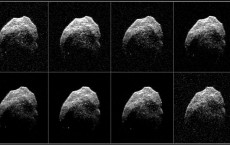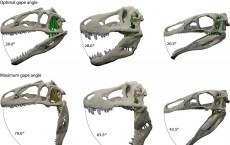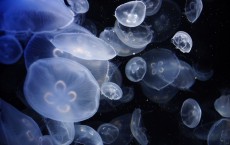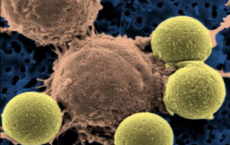
Researchers have created a new method for storing concentrated solar thermal energy that is cost effective and environmentally friendly, and will enable solar thermal energy to have wider practical uses.

Scientists have captured the highest-resolution radar images yet of an asteroid that flew by Earth on Halloween. The new images reveal a bit more information about the surface features of the asteroid.

Scientists may be able to predict the source of the Northwest's next big earthquake.

How bad was the bite of a T. rex? Researchers have taken a closer look at the jaws of a T. rex and have found that the feeding style and dietary preferences of dinosaurs was closely linked to how wide they could open their jaws.

Those with depression may deal with feelings of despondency for extended periods--clouding the amount of information that they can hold in their memory, according to a recent study.

Researchers at the University of Alberta found that men that perceived their contributions to the division of labor as fair engaged in more frequent sex and both partners were more satisfied with their sex life in general.

There's a new record for the smallest land snail. Discovered in Malaysian Borneo by a team of Dutch and Malaysian biologists amongst another 47 species of varying sizes, the world's tiniest snail holds a shell of merely 0.50-0.60 mm width and 0.60-0.79 mm height.

Jellyfish use a somewhat surprising technique to swim, and now researchers are learning a bit more about it.

When you live alone, you can do just about anything you want. With nobody holding you down, that includes eating whatever you want too-and unfortunately, that means not always making the healthiest decisions.

Researchers have created a new technique where you can detect diabetes in a saliva sample with a smartphone. The new technology provides immediate results and will be used for diagnosis of diabetes within low-income populations, according to the researchers.

It's occasional gorging like this that increasing the risk of metabolic disease, according to a recent study.

Researchers have created the world's first 3-D image of a protein that spreads cancer. The structural image of the enzyme will enable researchers to better under and develop potential anticancer drugs and treatments.